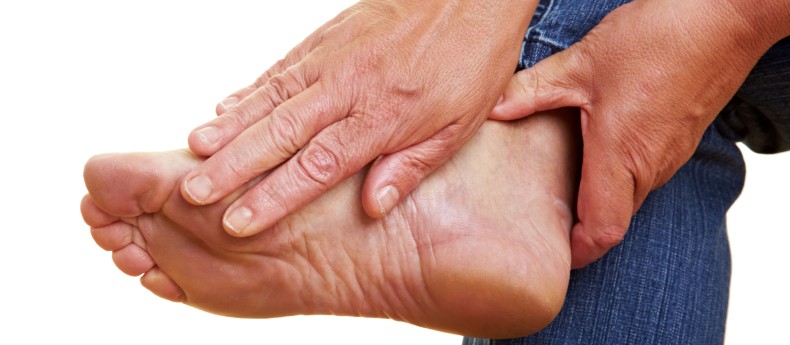
Gout: A Curable Chronic Disease
What is Gout?
Gout is an ancient chronic disease that has been around since before medieval times and is still prevalent today. Gout is also known as metabolic arthritis, and is caused by purine metabolism disorders and high levels of uric acid in the body.
Together with hypertension, cardiovascular disease, and diabetes, gout is part of a group of disorders known as “affluenza”, or maladies of the rich. Each of these diseases can lead to renal lesions that can affect the function of the kidneys, leading to higher uric acid levels and ultimately, gout.
Who is at Risk?
Gout is closely associated with eating habits. A recent major epidemiological study shows that the occurrence of gout is related to the consumption of alcohol (especially beer), excessive intake of purine-rich foods like meat and seafood (especially organ meats and shellfish) as well as high glucose, like carbonated drinks and fructose. However, vitamin C, coffee, and dairy products can help to prevent gout.
With the rapid increase in living standards and changes in diet, the incidence rate of gout is on the rise and seeing a dramatic shift in the age of onset. There are increasingly more young people between the ages of 20 and 40 who have high-energy, purine-rich diets, putting them at greater risk for gout.
Research shows that men are far more likely to suffer from gout than women – in fact, around 95% of gout patients are men. Estrogen in women can stimulate the excretion of uric acid, inhibiting arthritis attacks and protecting them from gout. Men also have more opportunities to participate in social activities with an easier access to alcohol and an intake of purine-rich foods. Strenuous exercise, obesity, and stress all lead to higher uric acid levels and cause gout.
What are the Symptoms?
The first attack of gout may result in a sudden sharp pain in a single joint; usually the big toe. Subsequent attacks may involve various joints such as the ankle, knee, wrist, and elbow. In addition to joint pain and swelling, gout patients suffer from other symptoms including fever, rapid heartbeat, chills, and an overall feeling of discomfort.
Deposits of urates in the skin often appear as white nodules on the hand, foot, elbow and ear.
Acute gouty arthritis attacks come without warning. However, mild injury, the overeating of purine-rich foods, excessive drinking, recent surgery, fatigue, emotional stress, and medical emergency (such as infection) can contribute to an acute attack of gout.
What Can We Do?
Gout is a serious disease – yet the two leading causes, lifestyle and fitness, are up to us to control. If men approach lifestyle choices with this awareness in mind, gout can be prevented. This includes changing habits, like eating and drinking in moderation, especially during the holidays.
4 Steps to Fight Gout
- Good physical fitness through exercise and weight control is crucial to preventing gout.
- Reduce the consumption of organ meats and purine-rich foods like pork, beef, mutton, fish, and shrimp.
- Avoid overwork and reduce stress in your daily life.
- Early detection and treatment of related diseases.
Copyright United Family Healthcare 2014 All right reserved - 京卫网审[2014]第1927号 - 京ICP备13017554号-4
深圳新风和睦家医院 广审号:粤(B)广[2024]第09-10-1049号


